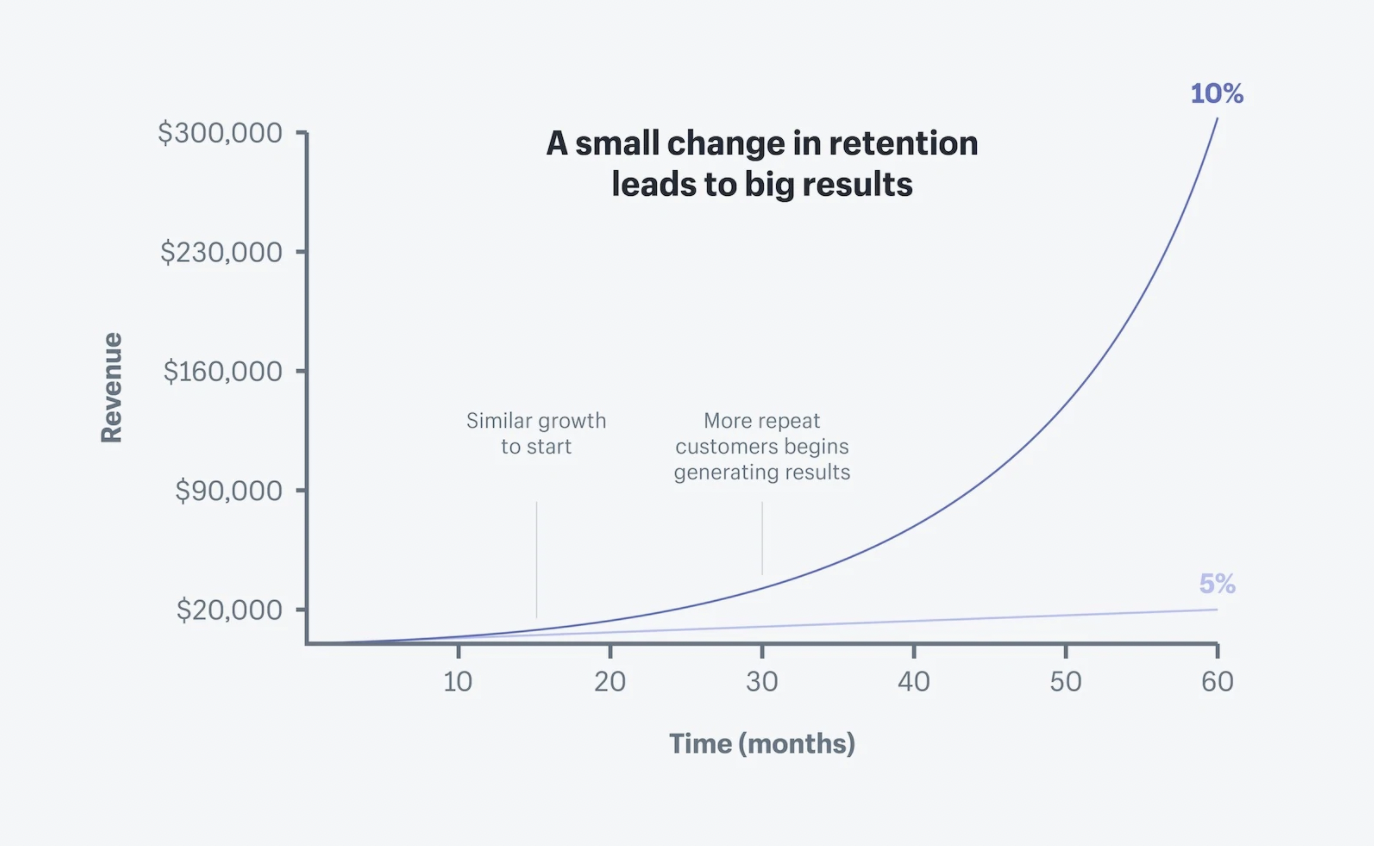Why retention is the key to growth for Children’s Choirs
Running a children’s choral organization is a lot of work! You’re probably dealing with dozens, if not hundred or kids every season, with a diverse range of ages, experiences, musical ability and more. Between managing your team, communicating with parents, concert prep, calendars and creating a welcoming learning environment for your choristers, do you ever have time to think about growth?
Don’t worry, when it comes to growing your organization we have one simple secret: Retention is key!
HERE’S WHY
Those students and families who come back year after year not only pay your bills, they are also your best marketing assets and program stakeholders.
The more time you invest in your long-term promotor families, the more your potential for growth increases.
Don’t spend your resources attracting new choristers, focus on retaining your existing ones.
Well, as we increase chorister retention, we automatically increase other things too. One of these things is called “virality” - and we’re not talking about the flu. Virality is basically the condition of ‘‘being popularized by people communicating with each other’. So, as we hold onto a chorister and their family for more and more seasons, we have more opportunities to get them to invite and bring other choristers/families into our program.
If you were to ask all your students/families to rate your program from 1-10 (10 being the best, and 1 being the worst) how would they rate you? Anyone who gives you a rating of less than 5 probably won’t stick around for more than one term, 5-7 ratings are ok, 8-10 rating means long-term retention and promoter status!
If I, (a 15 year old chorus member) would rate your program a 9/10, and am invested in your program enough to enroll for multiple years, then you (the choir manager) can count on me to tell my friends about you. You might even ask me to help you create and populate a tik tok account, put up posters in my school/community, invite other youth to my concert/performance, or give you written testimonials. I have become a promoter for your business, and you don’t have to pay me! That’s virality in action - people sharing your content and telling other people about you, for free.
Long Term Value
So higher retention means increasing virality, and more promoters for your business. Higher retention also means higher long term value.
Obviously the longer that I retain a learner, the more my organization is going to profit from them over time. Not only do they pay tuition or membership fees every term, they’re also likely to enroll in additional opportunities that you offer them - private coaching, bonus workshops, specialized training courses - and buy merchandise.
As I increase my long term value for each chorister, there is another effect where I can afford a higher cost acquisition for new chorus members and as I can afford higher acquisition cost, a lot of options open up. I might be able to expand my programs so I have something that appeals to new audiences. I might increase my budget for paid advertising, because I know that there is more return on my investment.
According to research done by Frederich Reichheld of Bain & Company, increasing customer retention rates by 5% can increase your profits by anywhere from 25% to 95%! AND it can cost up to 5 times more to acquire a new customer than to retain an existing one.
We’re not saying that you should completely abandon your efforts to engage new members, you need a healthy balance of long-term members AND new enrollments to grow. However, when you’ve put the time in to nurture your relationships with existing families, your programs can and will grow without overwhelming your resources or your staff.




